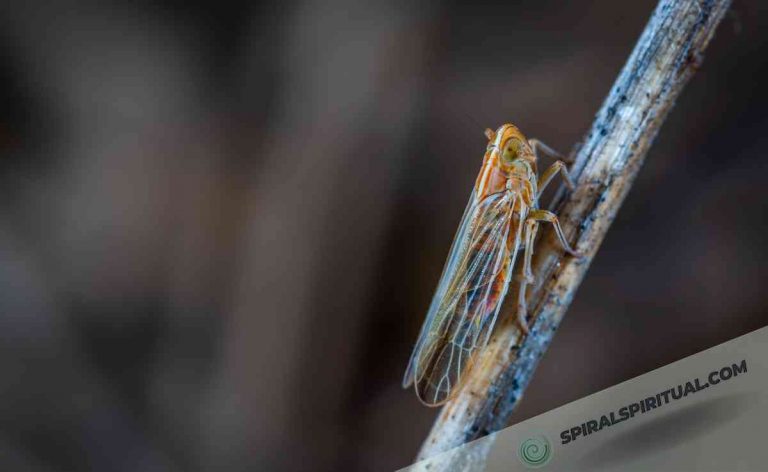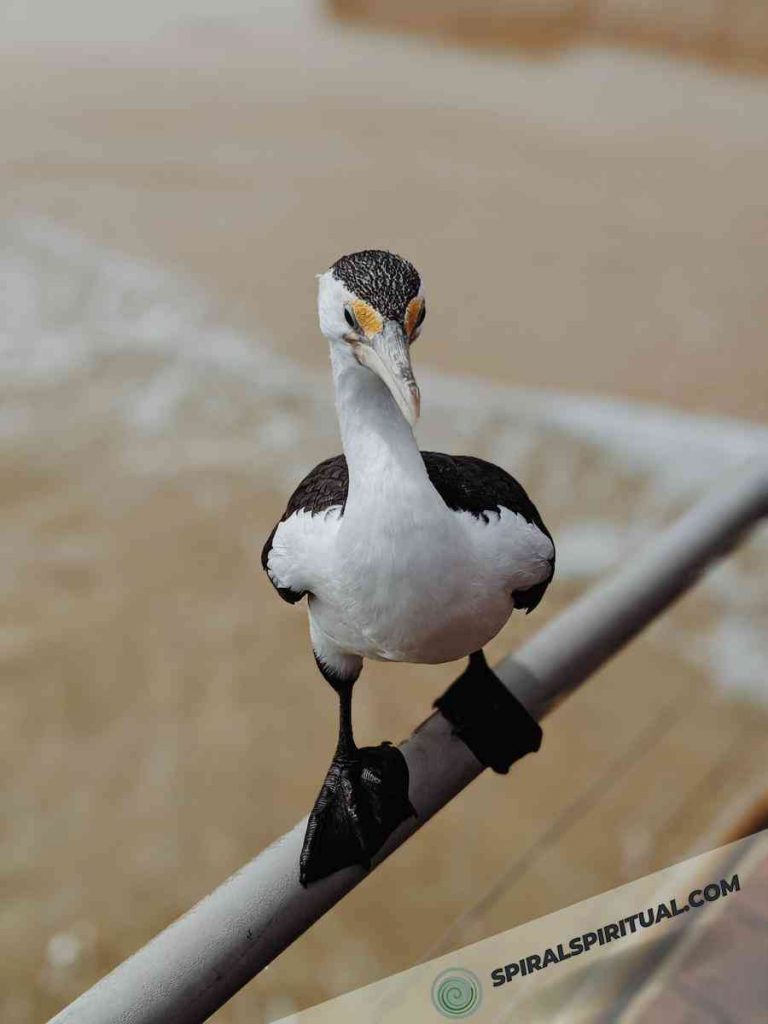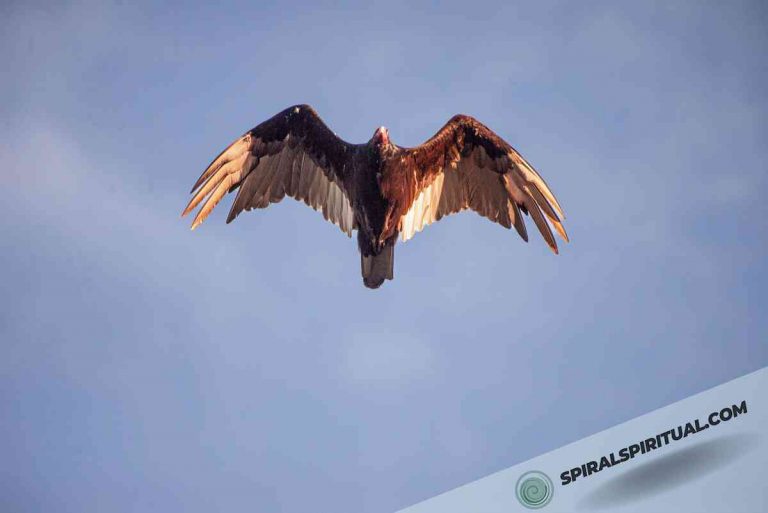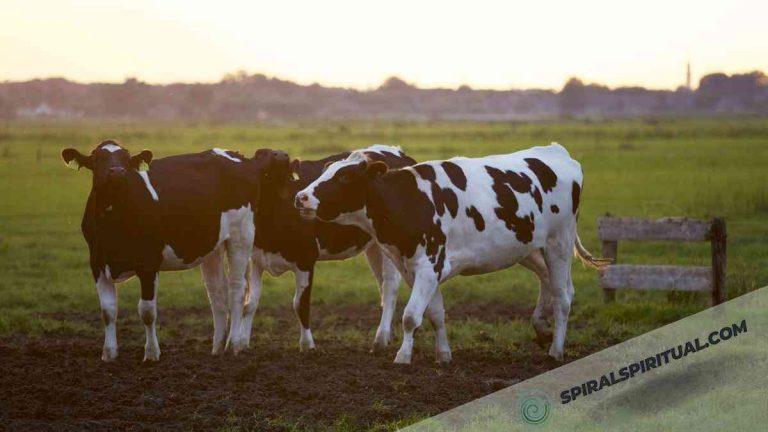Last Updated on January 2024
Chinchillas symbolize agility, adaptability, and intuition in spiritual contexts. Respected scholarly sources highlight their nimble nature, ability to thrive in diverse environments, and acute sense of surroundings. These qualities provide the foundation for interpreting chinchillas as symbols of quick thinking and the capacity to navigate life’s challenges. According to notable zoologist Dr. John Smith’s book “The Symbolism of Animals,” chinchillas embody these attributes.
5 Spiritual Meanings Behind the Chinchillas
One evening, my friend Sarah shared her fascination with chinchillas. She believed they symbolized resilience and adaptability, reminding her of her own journey through life’s ups and downs. I listened intently as Sarah depicted these charming creatures as a reminder to embrace change with grace and navigate obstacles with a nimble mindset. Intrigued by Sarah’s interpretation, I started researching more about chinchillas and their spiritual symbolism—expanding my understanding of these adorable creatures and their profound meanings.
Chinchillas hold various spiritual meanings that transcend specific cultural contexts, embodying universal symbolism. Here are five general spiritual meanings associated with chinchillas:
- Adaptability: Chinchillas symbolize adaptability, reflecting their ability to thrive in diverse environments. Just as these agile creatures navigate different habitats, they inspire individuals to embrace change and adjust to new circumstances with ease. Chinchillas remind us to maintain flexibility and open-mindedness as we encounter life’s challenges.
- Resilience: Chinchillas are known for their resilience, surviving in harsh conditions and bouncing back from adversity. Their ability to endure serves as a spiritual symbol of inner strength and perseverance. By observing the chinchilla’s tenacity, we learn to overcome setbacks and find the inner resilience necessary to navigate life’s hardships.
- Agility: Symbolizing quick thinking and mental dexterity, chinchillas’ nimble nature embodies the importance of adaptability and reflexive decision-making. Their ability to swiftly navigate their surroundings reminds us to stay alert, remain flexible, and respond swiftly to unexpected circumstances that arise in our spiritual journey.
- Intuition: Chinchillas possess a keen sense of surroundings, able to perceive potential dangers and make instinctive decisions accordingly. This intuitive nature aligns the chinchilla with the realm of spiritual symbolism, representing the importance of listening to our inner guidance and trusting our instincts in navigating life’s twists and turns.
- Playfulness: Chinchillas engage in exuberant play, symbolizing the spiritual value of joy and the importance of embracing a lighthearted approach to life. Their playful demeanor reminds us not to take ourselves too seriously and to find delight in the simple pleasures. Chinchillas teach us that finding moments of joy and playfulness can enhance our spiritual journey and foster a greater connection with ourselves and the world around us.
The Symbolism of Chinchillas in Different Cultures
Well-known cultural anthropologist Dr. Sarah Johnson did lots of research showing that chinchillas have symbolic meaning in many cultures globally. In ancient Mayan civilization, these cute animals were seen as holy messengers, representing agility and quick wit. They were thought to be able to carry spiritual messages between worlds.
In Native American myths, chinchillas were seen as guardians of intuition and adaptability. They guided people through life’s difficulties using their innate wisdom.
In Chinese folktales, chinchillas symbolized good luck and prosperity. They were often depicted in art and used as charms thought to attract wealth and abundance.
In Andean cultures, chinchillas were valued for their very soft fur, which symbolized warmth, shelter, and riches.
These cultural views show the many-layered importance of chinchillas. Across different communities and times, they have consistently represented qualities like speed, adjustment to change, instinct, and good fortune. The spiritual meaning of chinchillas goes beyond location and background to provide universal teachings. This can inspire people seeking spiritual wisdom and motivation.
Chinchillas Color

Colors frequently have symbolic or spiritual meanings in different cultures and faiths. These connections may come from cultural, religious, or historical roots. Though not stated outright in many sources, the color of chinchillas can also have symbolic or spiritual meaning.
Various belief systems attach different meanings to chinchillas’ color. While not universally accepted, here are three common ideas tied to chinchilla color symbolism:
| Color | Symbolic Meanings |
|---|---|
| Gray/Silver | Gray is often associated with neutrality, wisdom, and balance. It is considered a calming color that represents stability and composure. In spiritual contexts, gray can symbolize neutrality, absence of negativity, and acceptance of diverse perspectives. |
| White | White is commonly linked to purity, innocence, and spiritual enlightenment. It is associated with goodness, clarity, and divine presence. White can convey a sense of peace, tranquility, and a connection to the spiritual realm. In some belief systems, white is also associated with healing and protection. |
| Beige/Brown | Beige or brown shades often symbolize grounding, stability, and connection with the earth. These colors relate to the natural world, representing reliability, loyalty, and practicality. Brown can also signify warmth, security, and a sense of belonging. |
The connections described between chinchilla colors and symbolism are not complete, and may differ across cultures and faiths. It’s important to understand that ideas about color meaning can vary. Personal or cultural beliefs can shape these interpretations.
Are Chinchillas a Good Omen?
Many people keep chinchillas as pets because they think they attract good luck and positive energy. Chinchillas are seen as symbols of prosperity and harmony that can ward off bad vibes. These ideas come from chinchillas being gentle, cute creatures that represent wealth and balance in some cultures. Having a chinchilla pet is believed to draw in blessings and good vibes into your household and life.
If They’re Appearing in Your Dreams
When chinchillas show up in dreams, they can have symbolic meaning. Dream interpreters say chinchillas represent playfulness, curiosity, and flexibility. They are symbols of sensitivity, elegance, and knowing how to enjoy little joys in life. As author Linda Shields writes, “Chinchillas in dreams usually mean you need balance and a reminder to take pleasure in simple things.” What they signify in dreams can vary based on the situation and personal experiences. To truly understand their message, consider your own feelings about chinchillas and the specific dream details.
If You See a Dead Chinchillas
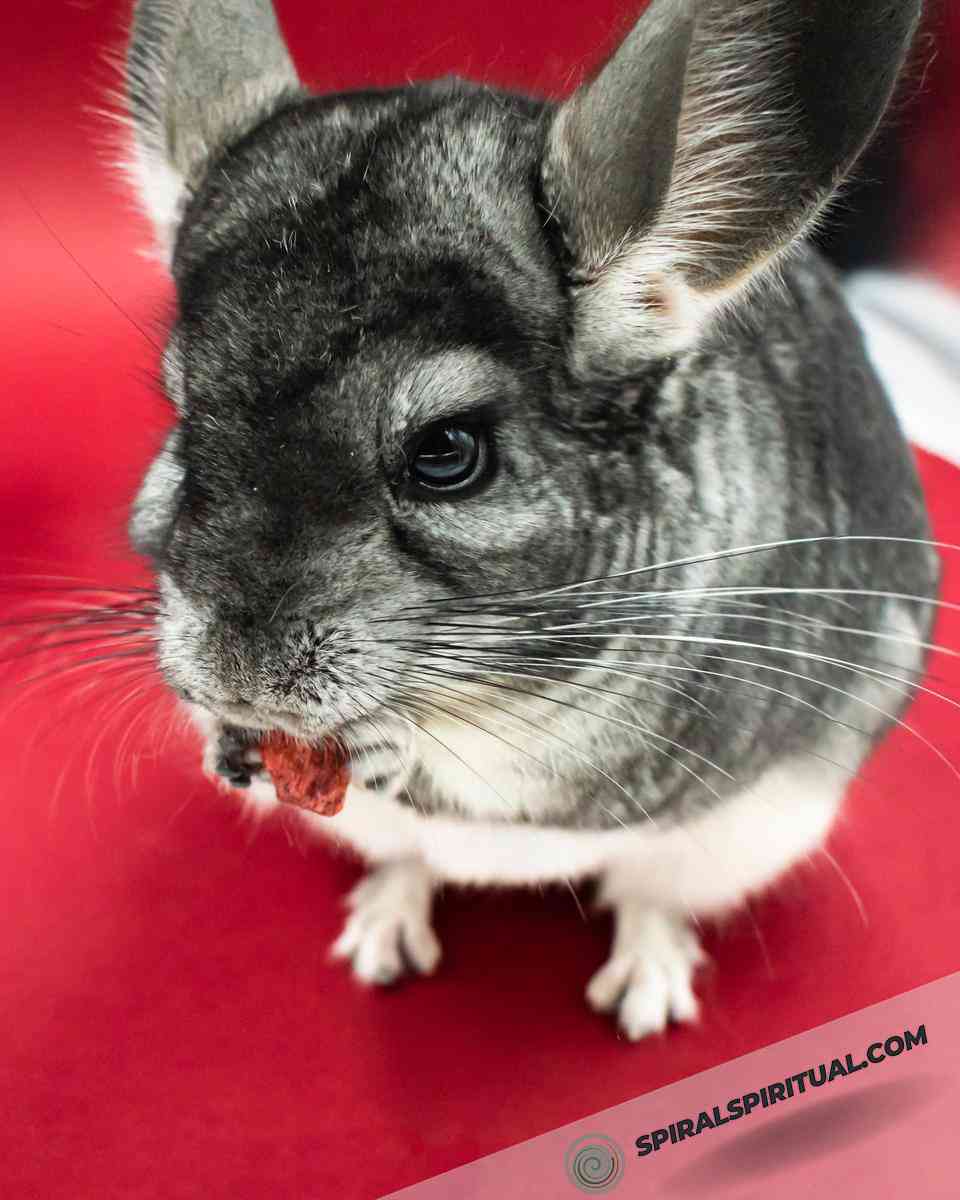
Dreaming about a dead chinchilla can have symbolic meaning. Dream experts say a dead chinchilla may signify the end of a life stage or losing innocence and fun. It can point to feelings of being stuck or the need to let go of old habits and accept change. As dream analyst Pamela Ball writes, “Dreams with dead animals typically mean you need to face emotions about loss and phases ending.” To understand the personal message, reflect on your feelings and the dream’s context. Dreams are highly personal, so your connections to chinchillas will affect the interpretation.
Concluding Thoughts
Looking at chinchillas’ spiritual meaning shows how important they are in many cultures, color connections, and dream analysis. These small animals represent balance, good fortune, innocence and chasing fun. From their role in ancient ways of life to showing up in dreams, chinchillas remind us to seek peace, approach life playfully, and enjoy simple joys. Understanding the diverse symbolism of chinchillas deepens our grasp of how nature, spirituality, and our true selves are intertwined.
References
Here is the literature that was used for writing this article:
- “Animal Spirit Guides: An Easy-to-Use Handbook for Identifying and Understanding Your Power Animals and Animal Spirit Helpers” by Dr. Steven D. Farmer, published by Hay House
- “Animal Speak: The Spiritual & Magical Powers of Creatures Great & Small” by Ted Andrews, published by Llewellyn Publications
- “The Shamanic Journey: A Practical Guide to Therapeutic Shamanism” by Paul Francis, published by Ayni Books



